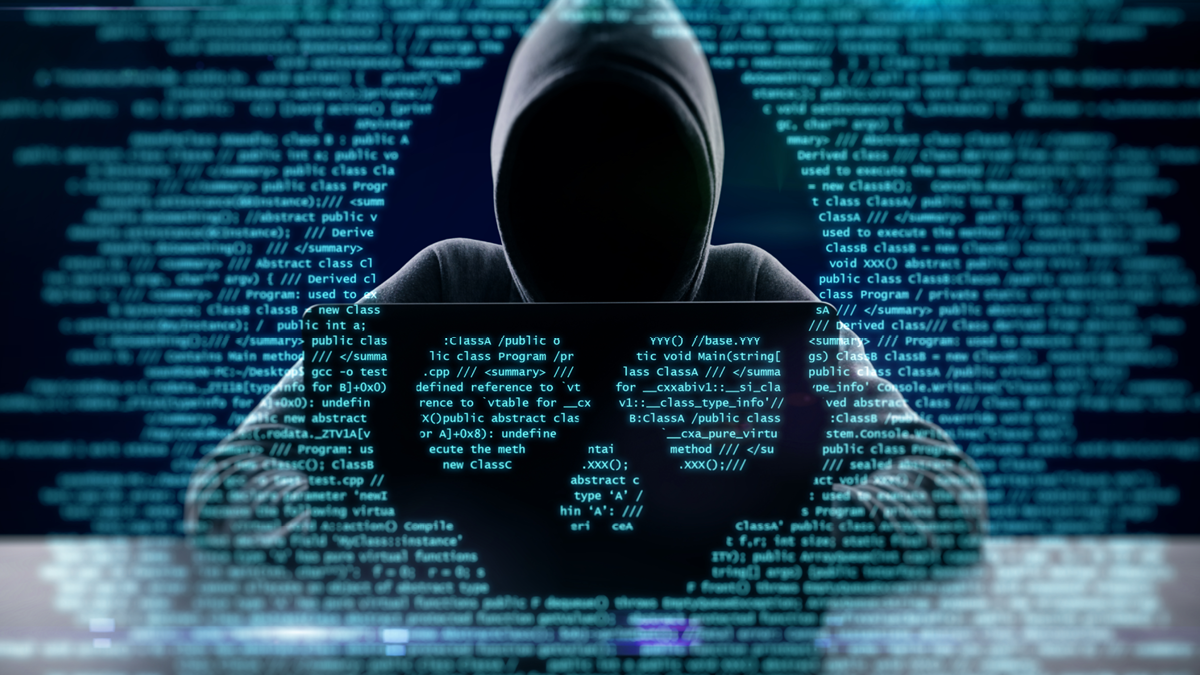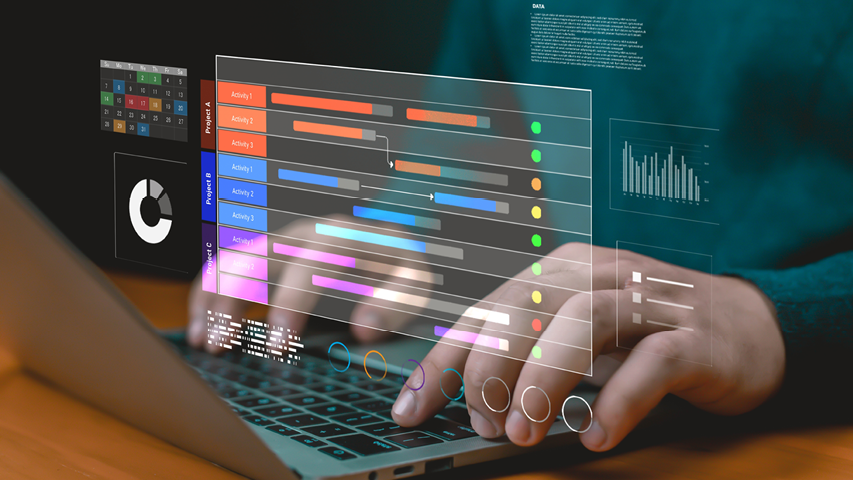Ransomware’s New Playbook: Targeted Attacks, Increased Accessibility, and the Importance of Backups
Stay informed of the changing threat landscape and provide the solutions and services that your clients need to defend against ransomware attacks.
BlueStar's diverse portfolio offers unparalleled access to premium products and services that drive business growth and success. From state-of-the-art hardware to advanced software solutions, our portfolio is designed to empower businesses with the tools they need to thrive in today's competitive landscape.
Our vertical-based content focuses on different industry technologies, solutions, and insights.
A true VAD offers top-notch pick, pack and ship services, and provides programs and services that add value to the distributed products that increase their value or worth.
The BlueStar Difference
Small businesses need your expertise to defend against growing cyberattack threats.
Small and medium-sized enterprises present tempting targets of opportunity for cybercriminals, making SME security a critical need for your clients – and a pertinent and potentially profitable market for you. Companies with less than 1,000 employees make up 46 percent of the victims of cyberattacks annually. In one year alone, over 700,000 attacks caused a total of USD 2.8 billion in damages worldwide. The average small business lost $25,000 per attack.
These five essential measures will help you mitigate the cyberattack risks your SME clients face, helping them to ensure their critical data can be safeguarded. As a result, primary business functions can continue with minimal interruption.
Conduct a Risk Assessment
The first step to increasing SME security is to complete a risk assessment. Begin by helping your clients identify the scope of the evaluation based on the critical data, systems, and processes they need to protect. After that, create a network architecture diagram to refer to as you build their security strategy.
In addition to knowing to protect, they must also identify the threats they can face. Resources such as the Cyber Threat Alliance and MITRE ATT&CK Knowledge Base can help them ID the threats most relevant to their businesses.
The next step is to plan scenarios in which the identified threats attack critical assets. Guide your client through them one at a time and determine the cost and impact of those attacks. Then, they can rank the threats based on the most likely and those that will cause the most damage to their business. These are the threats that should be the SME’s highest priority.
Finally, document everything. This will serve as the SME’s starting point for future risk assessments when new threats and technologies emerge, requiring them to go through the process again.
Implement Security Solutions
Some cybersecurity threats are ubiquitous, so there are some basic SME security solutions that all businesses will implement. For example, a firewall that monitors network traffic and connection attempts is as practical as closing and locking your front door at home before you go to bed. You’d be crazy not to. Other systems like endpoint security that protect data on personal devices, USB drives, and other such devices are just as necessary but not always front of mind.
According to Computer Weekly, ransomware is the world’s fastest-growing cybercrime threat. Backup software, policies, and practice can be critical during a ransomware attack and keep a business running after systems have been breached or data lost.
Introduce your clients to additional security measures, such as multifactor authentication requires more than one step to allow someone into the network. The range of factors that your clients can choose includes allowing users to log in only from trusted devices to having them enter codes sent to mobile devices, biometric authentication, and verifying identity on an app they’re attempting to log in. This creates a layered defense that makes it much more difficult for bad actors to victimise your clients’ networks.
Employee Education
Millions of dollars spent on the best hardware and software will do nothing to improve SME security if they do not train their employees. Workers need to know the threats they face and how serious they are. The results of your risk assessment should be shared with your client’s employees in training sessions about cyberattack possibilities and what is at stake should these attacks be successful.
Once employees understand the threats, teach your clients how to prevent attacks, including best practices to follow when sharing data, identifying phishing emails, setting up strong passwords, and rules they must always follow, like sharing logins and not backing up data.
Plan for Incident Response
Be realistic with your clients. There is a strong likelihood that they will have to address a cyberattack at some time. Assist them in developing incident response plans to launch a coordinated response. The plan must include who will be responsible for different tasks and critical stakeholders to contact, including your technology solution provider team, legal counsel, and insurance representatives. Also, identify the steps they can take to limit damage from the attack, preserve evidence, and resume business functions quickly.
Let SMEs Know You’re in Their Corner
Many SMEs don’t have the resources in-house to take all the steps outlined above. Therefore, they must bring in outside experts in SME security services.
Let them know you have the expertise and the technical capacity to keep their businesses safe, then go to work to strengthen their security posture.

Stay informed of the changing threat landscape and provide the solutions and services that your clients need to defend against ransomware attacks.

Stay informed and stay on guard for threats to your network, your data, and your customers’ businesses.

Learn how ID tracking, RFID, and event analytics transform physical security into measurable attendee experiences for the booming EMEA events market.